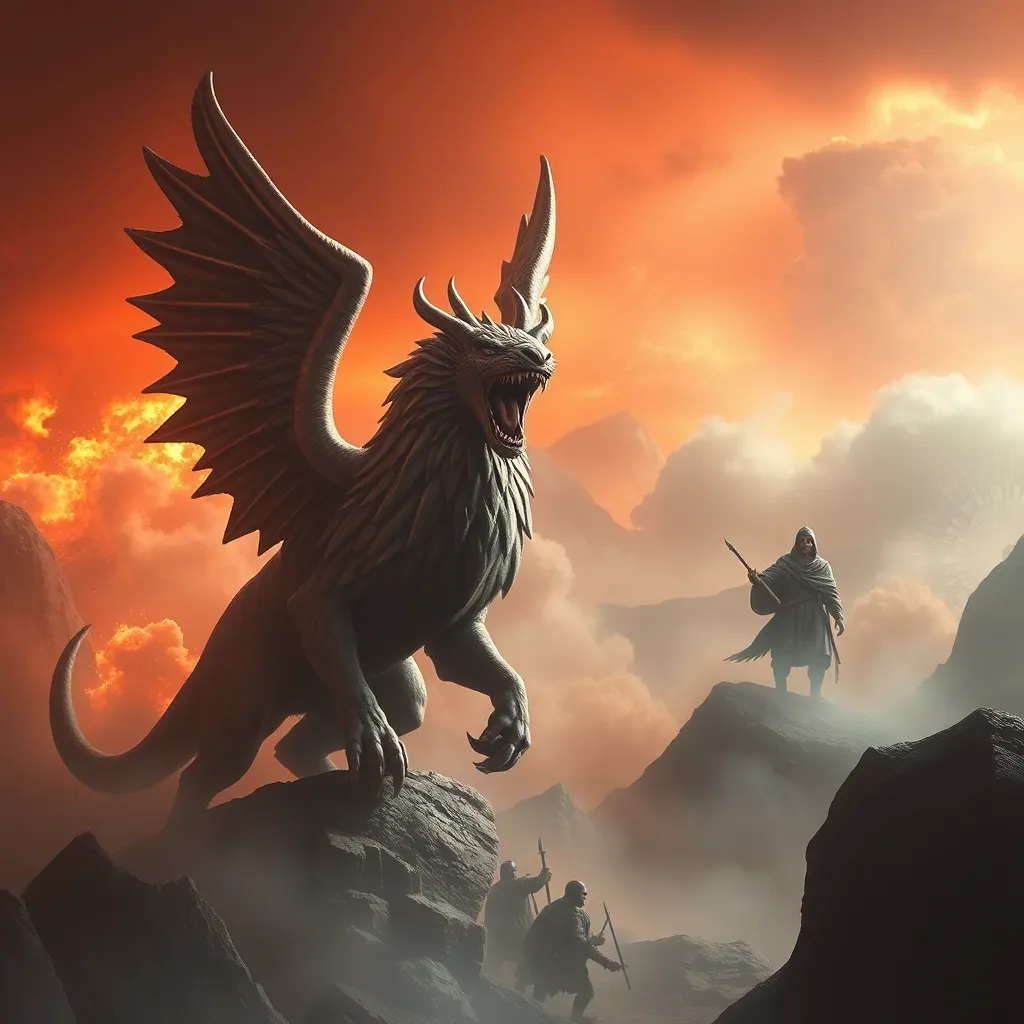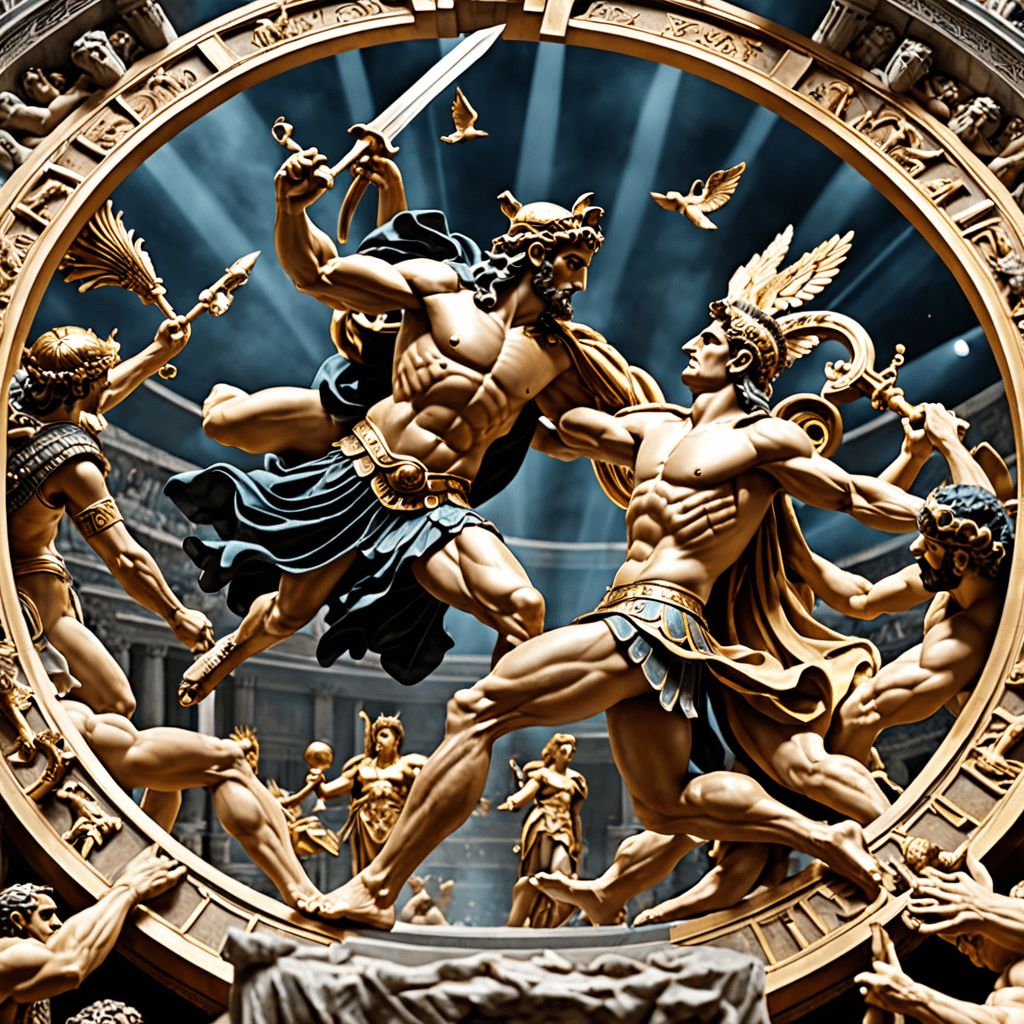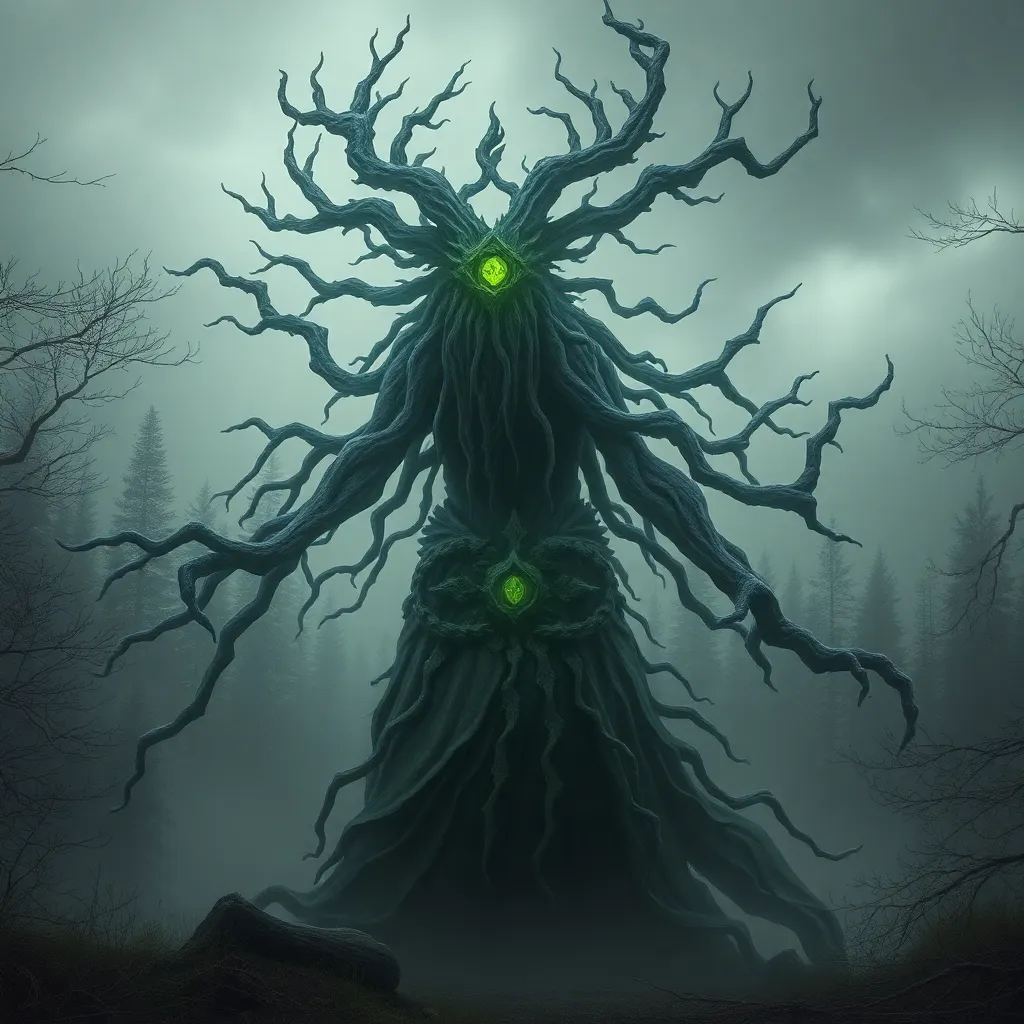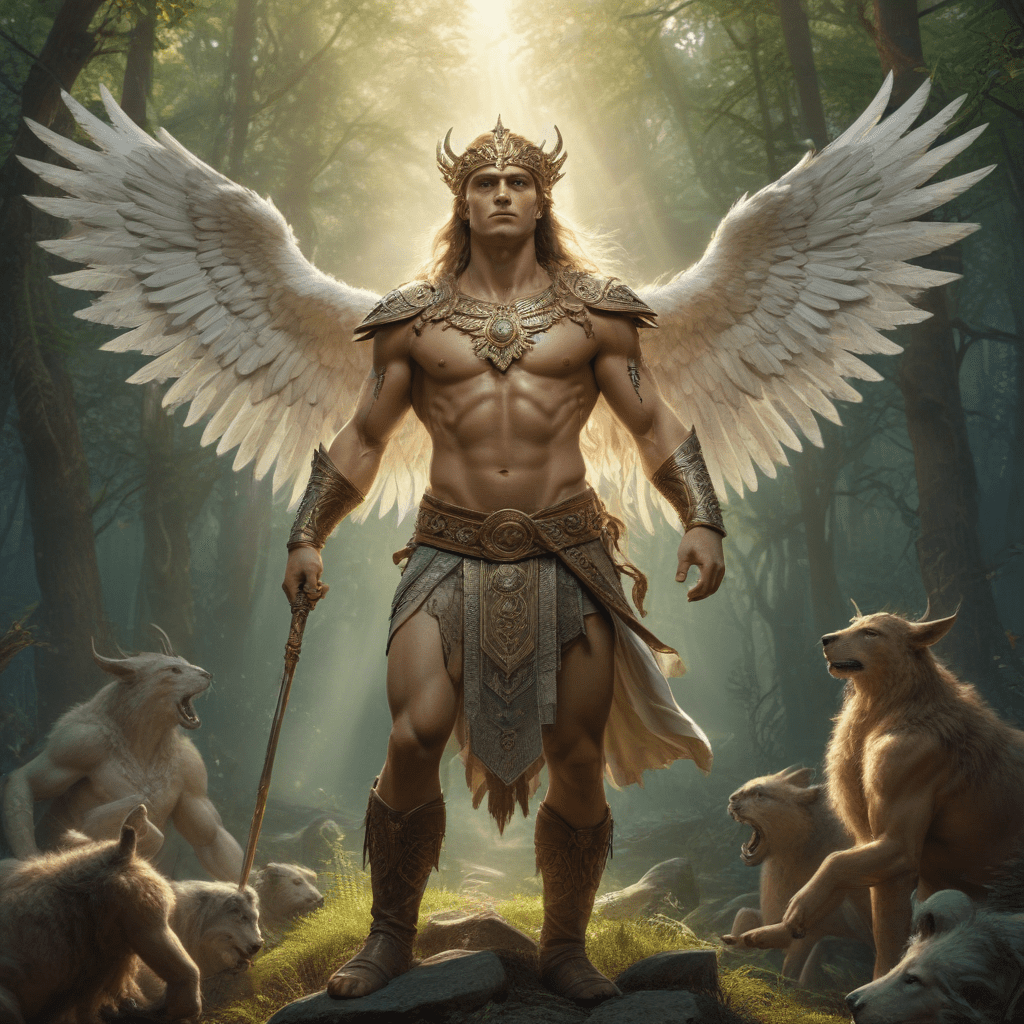The Peryton’s Roar: Mesopotamian Myths of War and Conquest
I. Introduction to Mesopotamian Mythology
Mesopotamian civilization, often referred to as the cradle of civilization, flourished between the Tigris and Euphrates rivers. This ancient region, encompassing parts of modern-day Iraq, Syria, and Turkey, was home to some of the earliest urban societies, including the Sumerians, Akkadians, Babylonians, and Assyrians. The rich tapestry of Mesopotamian mythology is a reflection of the complexities of their society, encompassing various gods, goddesses, and mythical creatures that shaped their cultural identity.
Myths played a crucial role in Mesopotamian culture, serving not only as stories of divine beings but also as moral and ethical guides for the people. They were instrumental in explaining the forces of nature, the origin of humanity, and the essence of life and death. Among these myths is the Peryton, a symbolic figure that represents the intertwining of war and spirituality in Mesopotamian thought.
II. The Peryton: A Mythical Creature
The Peryton is often described as a majestic creature with a body resembling that of a deer, adorned with wings akin to those of a bird. Its striking appearance and fierce demeanor made it a powerful symbol within the realm of Mesopotamian mythology. The Peryton was envisioned not only as a physical entity but also as an embodiment of the ideals of strength and bravery.
The origins of the Peryton can be traced back to various Mesopotamian texts, where it is depicted as a guardian of the skies and a fierce protector of warriors. In many tales, the Peryton is said to soar above the battlefield, instilling fear in the hearts of enemies while providing courage to its allies. This mythical creature symbolizes the aspirations of the Mesopotamians to conquer their foes and achieve glory in war.
III. The Role of Myths in Warfare
In ancient Mesopotamia, myths were not mere stories; they were integral to military strategies and decisions. The Peryton, in particular, served as a powerful talisman believed to bring victory in battle. Warriors would often invoke the Peryton’s name, believing that its spirit would guide them and protect them from harm.
- Military Strategies: Myths influenced how leaders approached warfare, shaping their tactics and rallying their troops.
- Talisman in Battle: The Peryton was often carried as a symbol of hope and strength into battles.
- Rituals and Prayers: Before engaging in battle, soldiers would engage in rituals and prayers to invoke the Peryton for success.
IV. Key Myths Involving the Peryton
Numerous notable stories featuring the Peryton exist within Mesopotamian texts. These tales often revolve around themes of conquest, heroism, and the struggle against overwhelming odds. One popular myth depicts a heroic warrior who, with the aid of the Peryton, defeats a monstrous adversary threatening his homeland.
Key themes in these myths include:
- Conquest: The Peryton symbolizes victory over enemies.
- Heroism: Characters in these stories often embody the ideals of bravery and resilience.
- Divine Favor: The Peryton is seen as a sign of the gods’ favor upon those who are righteous in battle.
These stories had a profound impact on soldiers and leaders, often serving as a source of inspiration and motivation during times of war.
V. The Peryton in Art and Literature
The Peryton’s image can be found in various ancient artifacts, from pottery to wall carvings, showcasing its significance in Mesopotamian culture. Artists depicted the creature in a manner that emphasized its strength and beauty, often integrating it into scenes of warfare and victory.
Literary depictions of the Peryton are also prominent in cuneiform tablets, where scribes recorded tales of its exploits. These accounts not only highlight the creature’s importance but also reflect the values and beliefs of the society that revered it.
VI. Comparative Analysis with Other Mythical Creatures
When analyzing the Peryton, it is interesting to draw comparisons with other mythical creatures that serve similar roles in various cultures. For instance, the griffin in ancient Greek mythology shares characteristics with the Peryton, such as being a protector and symbol of strength.
- Similarities: Both the Peryton and griffin are depicted as powerful creatures that guard treasures and inspire warriors.
- Global Context: Mythical creatures representing war are prevalent across cultures, from the dragons of Asia to the thunderbirds of Native American lore.
- Interpretation: Different cultures interpret these war beasts through their unique lenses, often reflecting their values, fears, and aspirations.
VII. The Legacy of the Peryton in Modern Culture
The Peryton’s legacy continues to resonate in contemporary media, where it has been referenced in various forms, from literature to video games. Its symbolism is often evoked in discussions about conflict, representing the struggle between good and evil and the quest for victory.
Today, there is a renewed interest in Mesopotamian mythology, with scholars and enthusiasts exploring ancient texts and artifacts. The Peryton serves as a gateway into a rich world of myth that offers insights into the human experience across time.
VIII. Conclusion
In summary, the Peryton holds a significant place in Mesopotamian mythology, embodying the ideals of war, courage, and divine favor. These ancient tales of conquest and heroism continue to captivate the imagination, reminding us of the enduring nature of myths and their relevance in understanding human nature.
As we reflect on the rich tapestry of ancient myths, the Peryton invites us to explore further into the complexities of belief systems and cultural narratives that have shaped civilizations throughout history.



